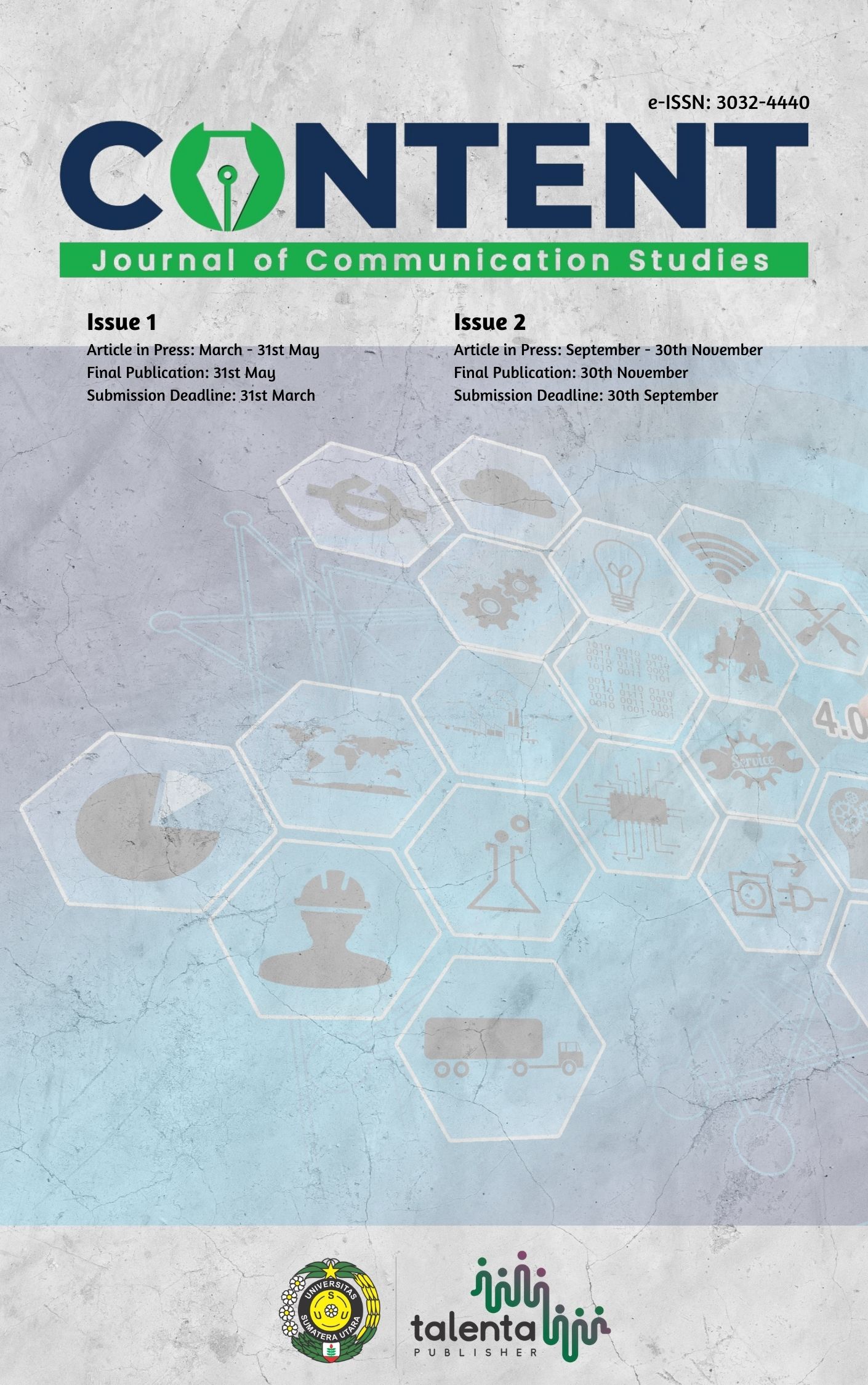Strategi Komunikasi Kesehatan Untuk Mendukung Program Imunisasi Bayi dan Balita di Kabupaten Aceh Barat
DOI:
https://doi.org/10.32734/cjcs.v2i1.16310Keywords:
Health Communication, Infant and Toddler Immunization, West AcehAbstract
Immunization is an important factor that is useful in increasing the immunity of children from the age of 0 months. However, immunization campaigns are often rejected by the public due to misinformation and misconceptions about immunization. Therefore, an effective communication strategy is an important factor in planning communication programs to succeed immunization achievements and encourage behavior change in the community. This study aims to analyze the health communication strategy conducted in Peunaga Baro Preparatory Village, West Aceh District. We used a qualitative method by collecting data through interviews with 8 parents who participated in the immunization program as well as health workers as the person in charge of the immunization program. The analysis was developed using the KAP
-based communication planning model.
The results found that there are still misperceptions of immunization in the community so that they do not allow their children to be immunized. By combining communication patterns, the communication patterns of health workers are linear-secondary communication patterns in the form of oral communication with direct counseling, linear-secondary communication patterns in the form of posters, circular-secondary communication patterns in the form of oral communication with direct counseling and the last is circular-secondary communication patterns in the form of WhatsApp Groups. The health communication strategy has not been implemented optimally, where health workers do not make structured message planning and do not consider the selection of media for delivering immunization messages.









